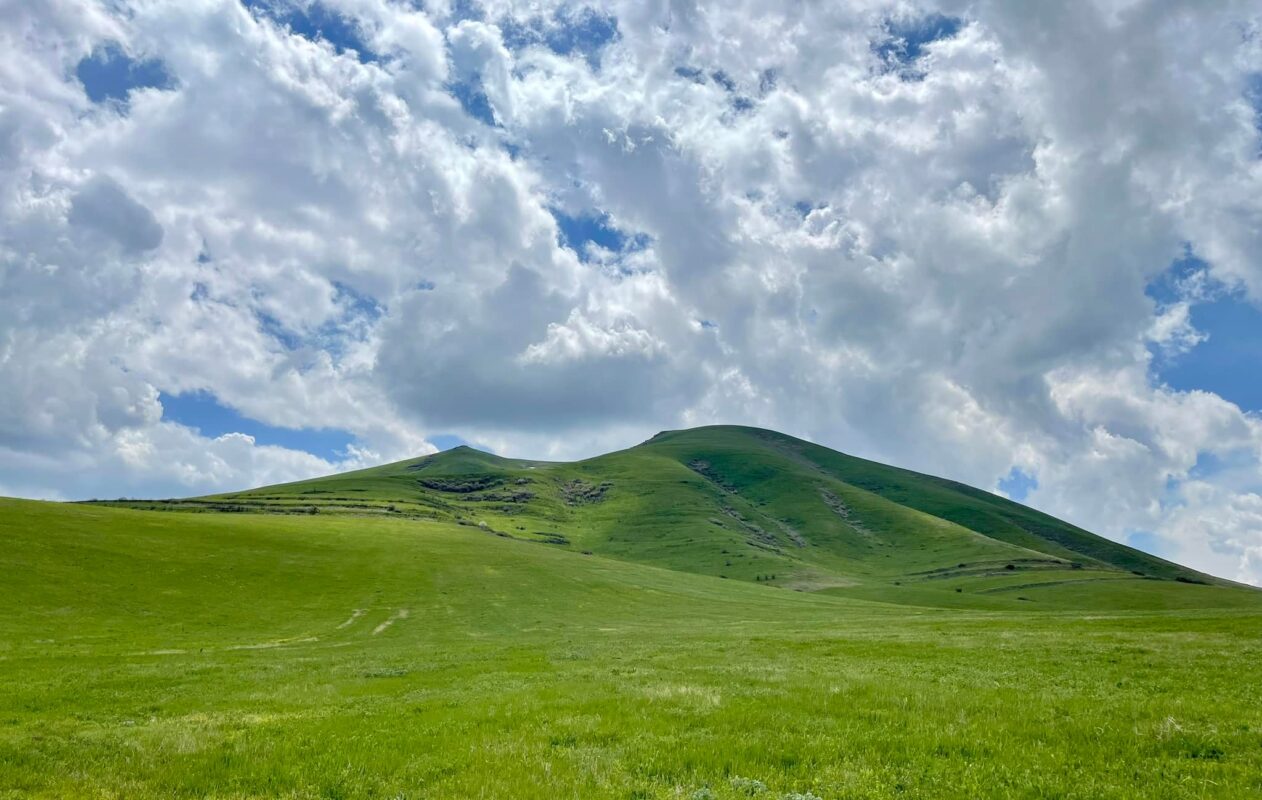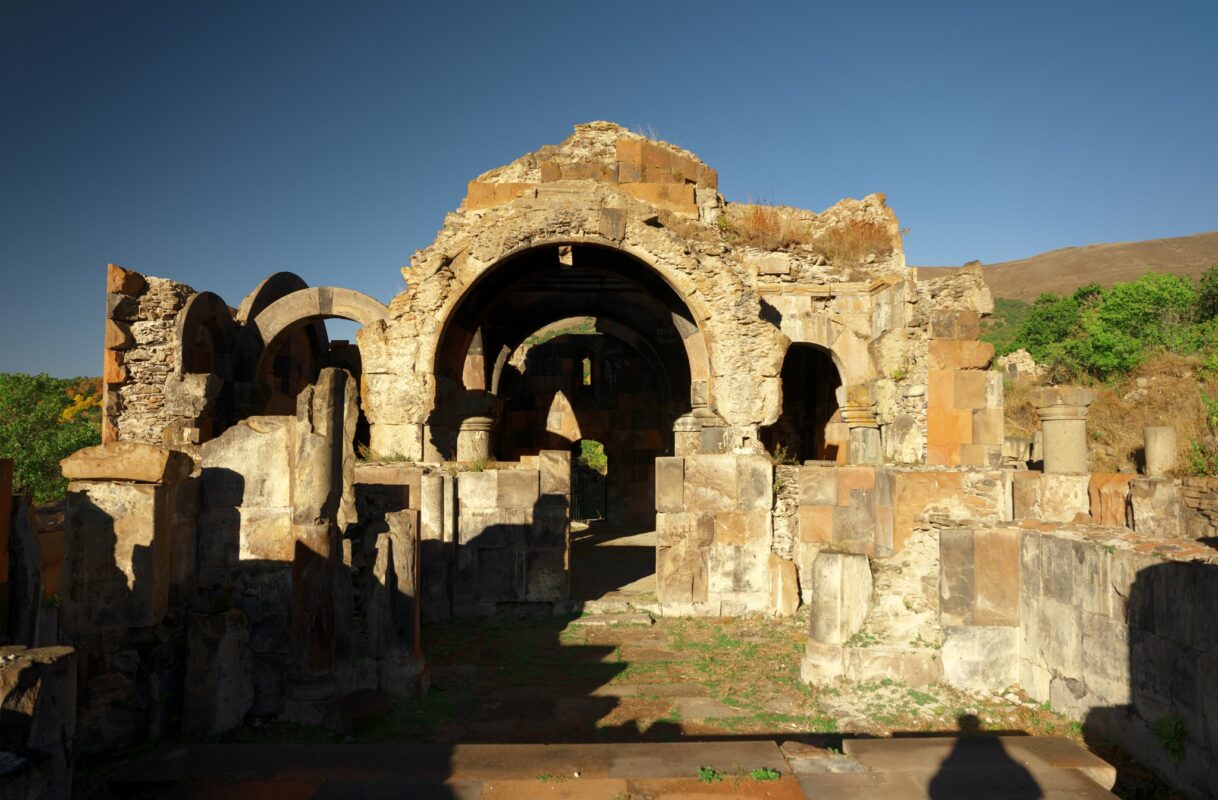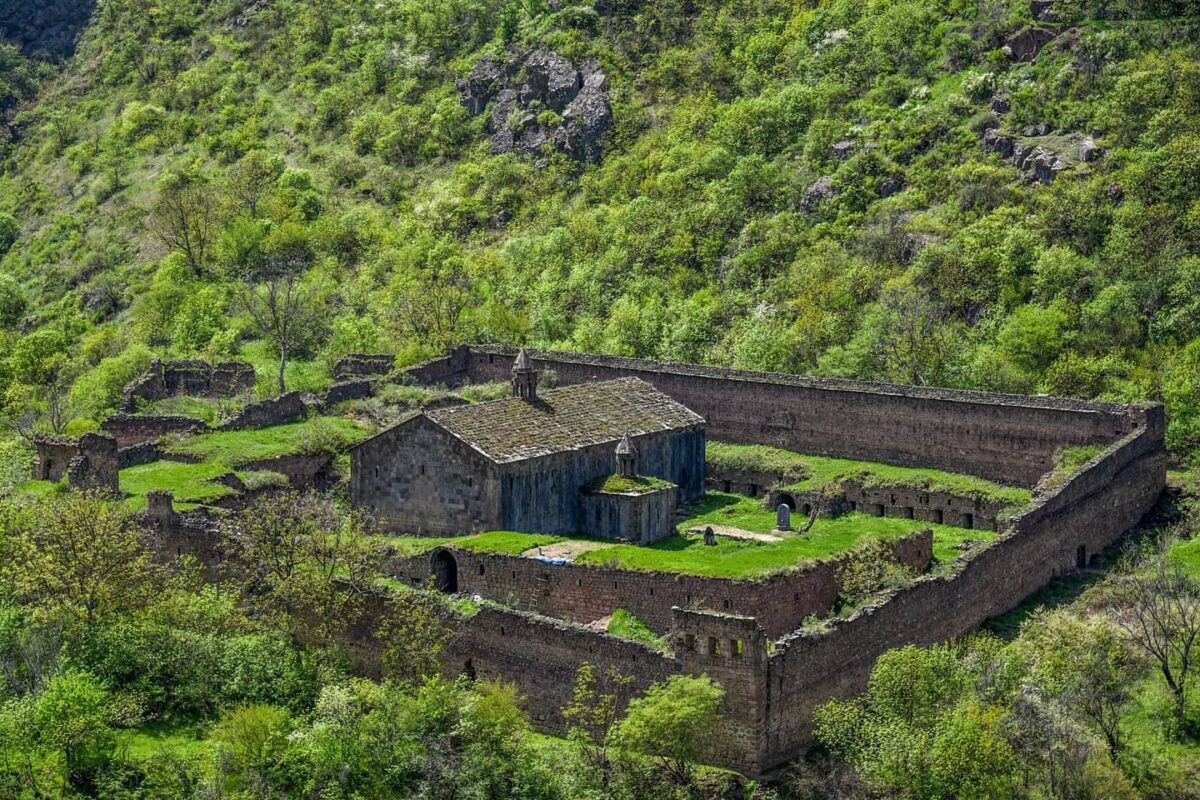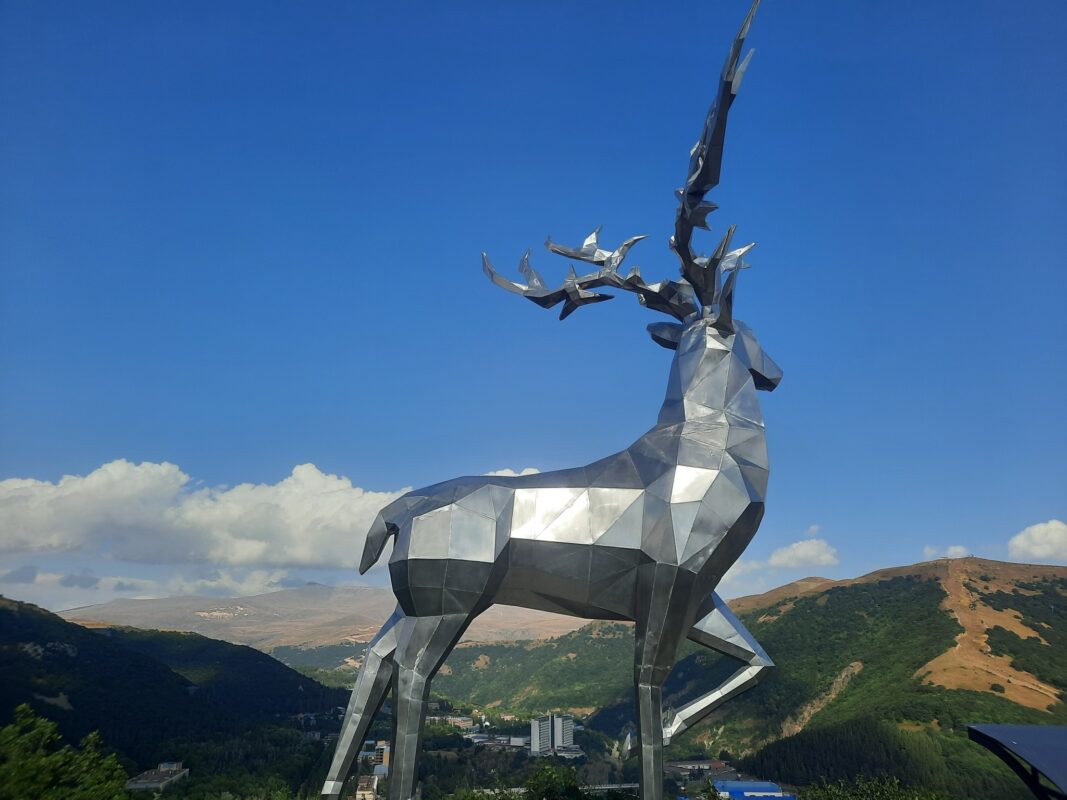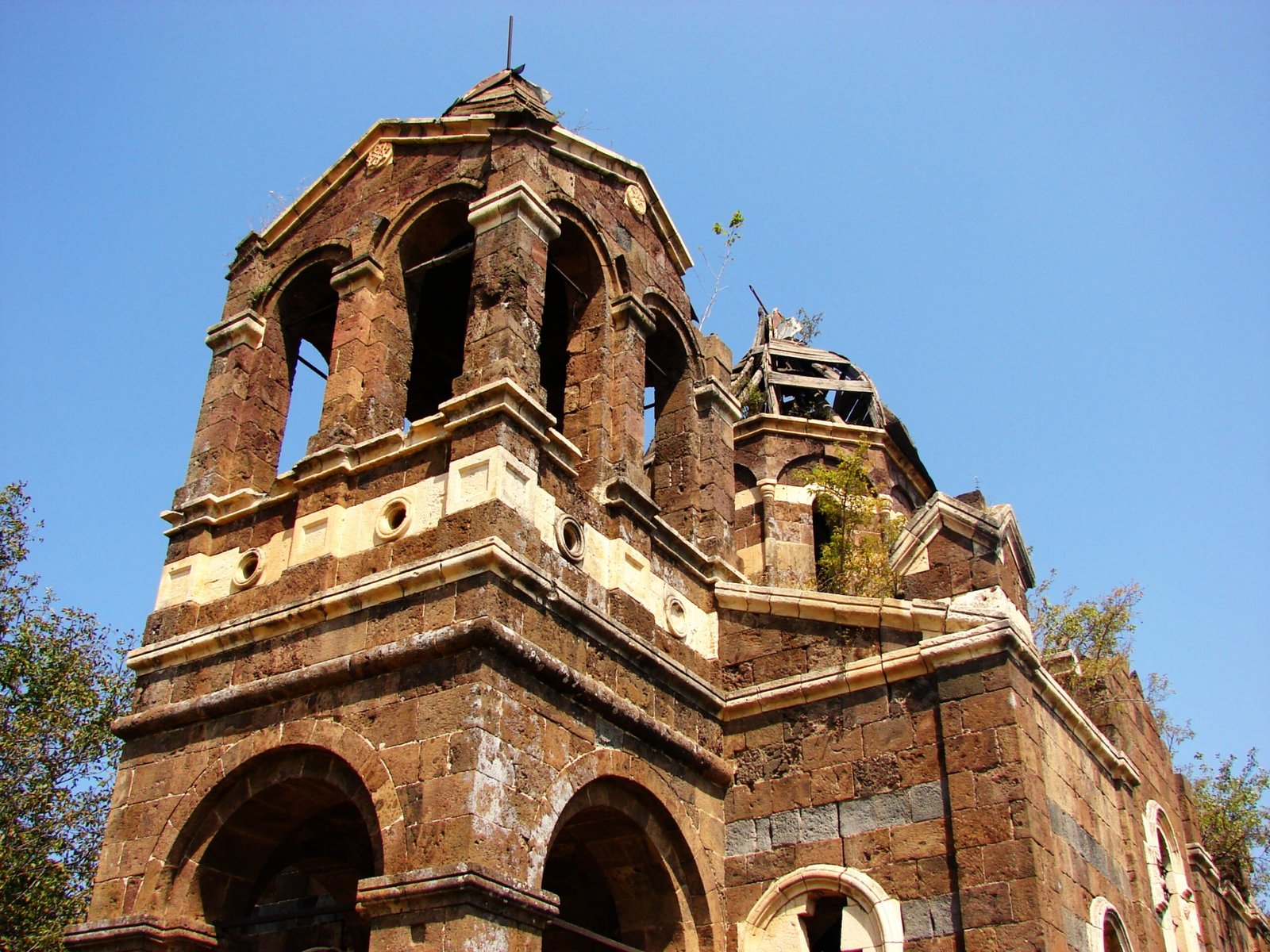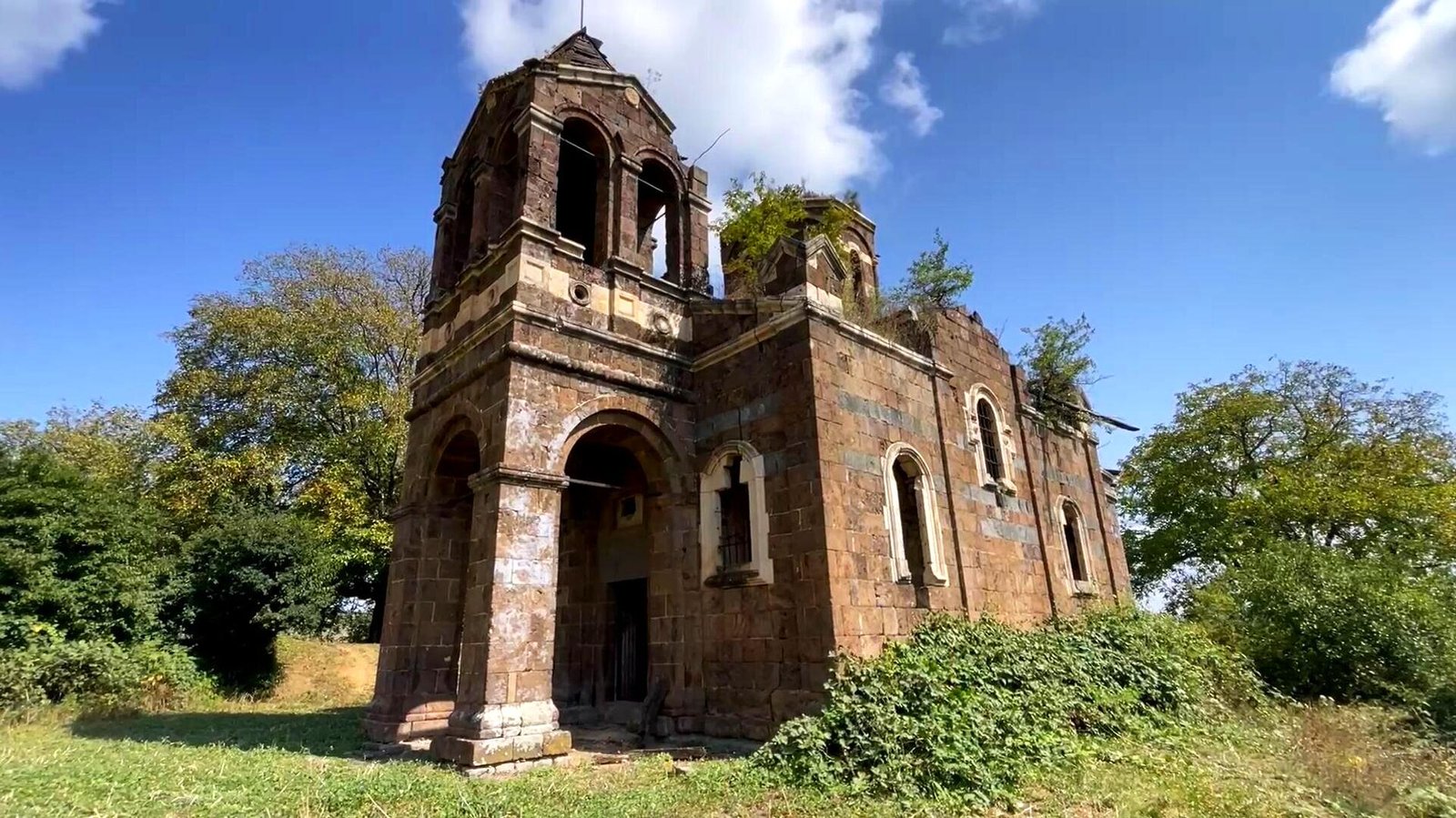Latest Listings
Related Listings
Close To You
Greek Church of Kavart
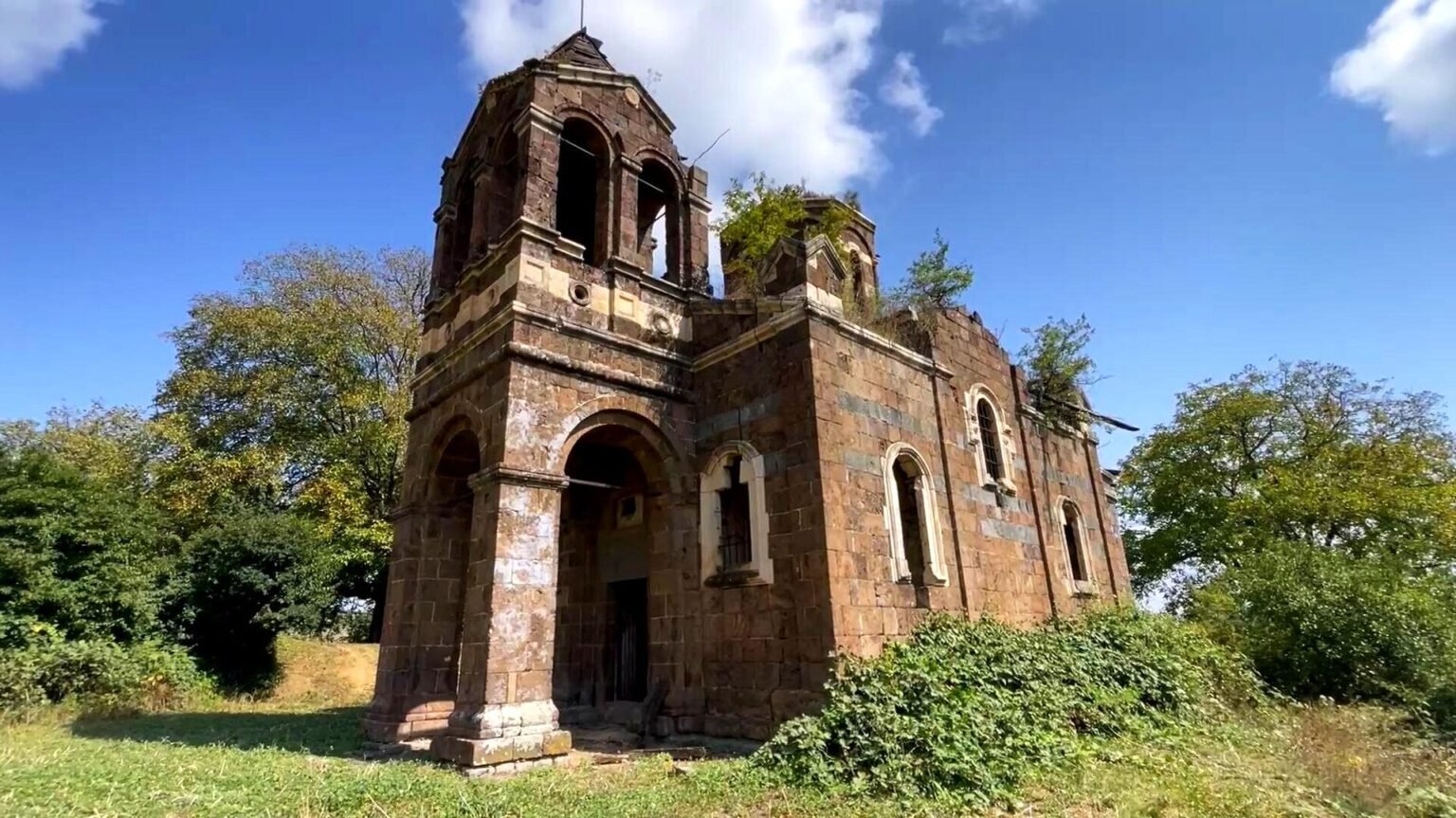
Greek Church
960 m
Historical
Medium
VISITOR INFORMATION
Other Names: Kharalampi church
Location: Situated in Kapan city, 4 km from the Kavart district, on the slopes of Mount Krkora
Coordinates: 39°13'00" N, 46°24'00" E
Condition: In critical condition, with significant structural damage.
OVERVIEW
The Kavart Greek Church, also known as St. Catherine or the "Church of the Greeks," is an extraordinary cultural heritage site built in 1865 by the Kondurov brothers, ethnic Greeks, near the Kavart copper smelter. The church is located near Kapan’s Kavart village, on the scenic slopes of Mount Krkora. Constructed from dark brown tuff and basalt, its decorative elements are crafted from light yellowish limestone, adding an elegant touch to the structure. Today, the church stands abandoned, in a severely deteriorated state.
HISTORY
In the mid-19th century, Kavart village underwent a significant transformation as Greek industrialists settled there to exploit the region’s rich copper deposits. In 1853, Haralampi Kondurov, a Greek entrepreneur, established the Kavart copper smelter. Over time, more than a hundred Greek families relocated to the area, forming a distinct settlement called Bashkend. This thriving community developed its own cultural identity, with St. Catherine Church at its heart.
Locals referred to the church as the "Berzen Church," meaning "Church of the Greeks" (derived from the Georgian term for Greeks).
ARCHITECTURAL FEATURES
The church is a domed structure made from tuff and basalt, with a distinctive western façade featuring a bell tower that underscores its symbolic and architectural significance. White-yellowish limestone was skillfully utilized for the cornices, window frames, and decorative bands, lending the structure a refined and unique color palette that accentuates its artistic and architectural importance.
The structure's durability is enhanced by metal clamps that securely bind the stones together. Additionally, the builders channeled water from distant sources to the churchyard, as evidenced by the preserved clay pipes.
The tomb of the church’s builder is also preserved on-site, adding historical depth to the church’s architectural elements. A marble plaque mounted on the entrance facade bears an inscription in Russian by the master builder: "After the birth of Christ, in the year 1865, during the reign of Emperor Alexander II of All-Russia and under the administration of the Caucasian Viceroy, Grand Duke Mikhail Nikolaevich, and during the tenure of the Patriarch of Georgia, Archbishop, and Most Reverend Eusebius, this temple was constructed near the Kavart copper smelting plant by the will of the Pasha of Gümüşhane... in memory of the holy martyr Haralampius. The overseer of this construction was Haralampi Kondurov, also known as Alaverdinsky."
CURRENT CONDITION
In the 1960s, mining explosions in the vicinity caused extensive damage to the church. Deep cracks mar its walls, and sections of the building have collapsed. Restoration efforts are urgently needed to safeguard this historic site for future generations.
THE GREEK COMMUNITY OF KAVART
The Greek community in Kavart was established in the 19th century when two settlers from Alaverdi arrived and settled on a hill known as Marg. Encouraged by the success of copper mining, many Greeks followed, creating a vibrant and industrious community. However, after the Soviet regime was established, mining operations ceased, prompting most Greeks to leave the region.
The Greeks preserved their national traditions and customs, celebrating both church and national holidays. On Sundays, they refrained from working, spending the day feasting at Krkora Rock and Khachin Hill.
The Kavart Greek Church and its surroundings offer a captivating experience for hikers and enthusiasts of cultural heritage. While visiting the church, don’t miss the chance to explore Bekhi Hermitage, another fascinating historical site in the area.
NOTE: While visiting, exercise caution as the deteriorated structure presents a risk of falling stones.
The information is sourced from G. Smbatyan's book "Syunik Under Trials".
Facilities
Nearby
A valuable monument of late medieval Syunik architecture, Bekh Anapat is accessible only by foot, offering a serene retreat that once served monks seeking peace and reflection in nature.
Founded in the 10th century, Vahanavank is a medieval Armenian monastery complex that served as a significant religious center in the Syunik region.
Also known as Baghaberd, this fortress dates back to the 4th century and offers panoramic views of the Voghji River valley, standing as a testament to the region’s ancient defensive structures.
Built in the 17th century, Halidzor Fortress played a crucial role in the defense against Persian and Ottoman invasions and later served as a monastery.
A 9th-century masterpiece, Tatev Monastery is perched on a plateau overlooking the Vorotan River Gorge and is accessible via the Wings of Tatev, the world’s longest reversible aerial tramway.

